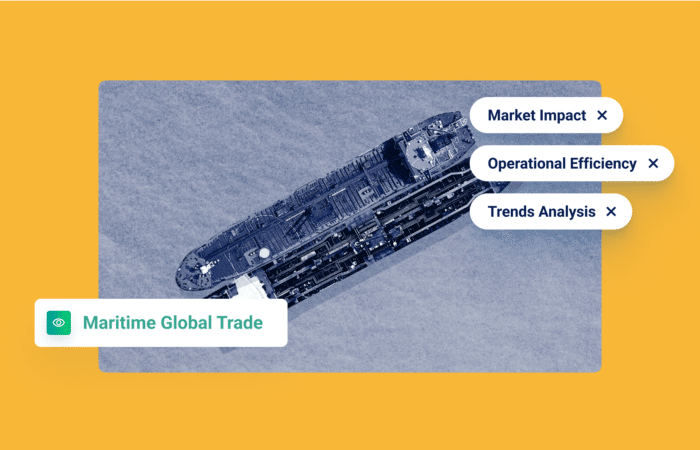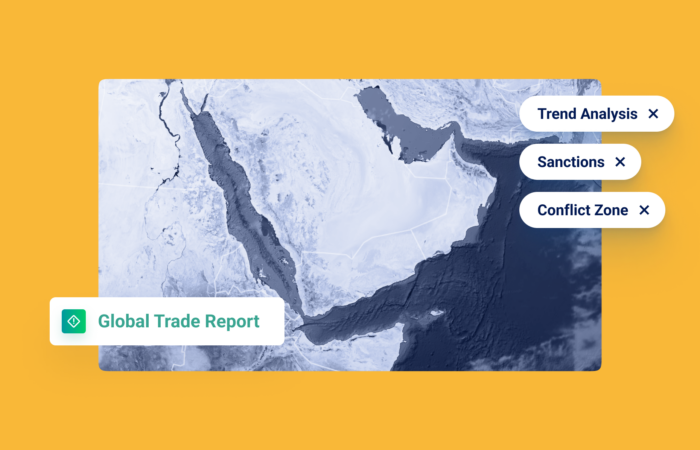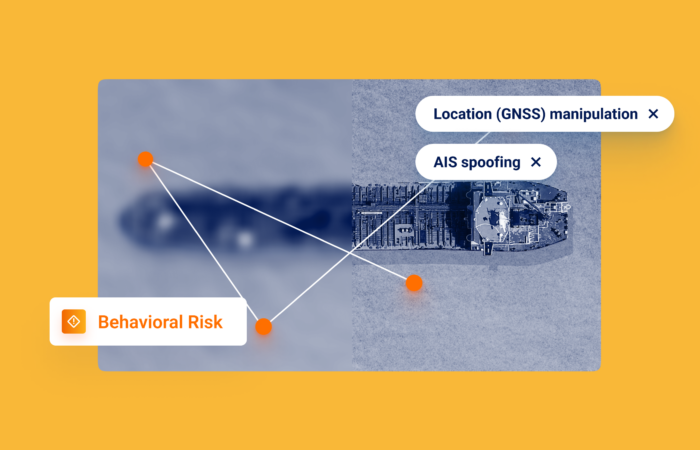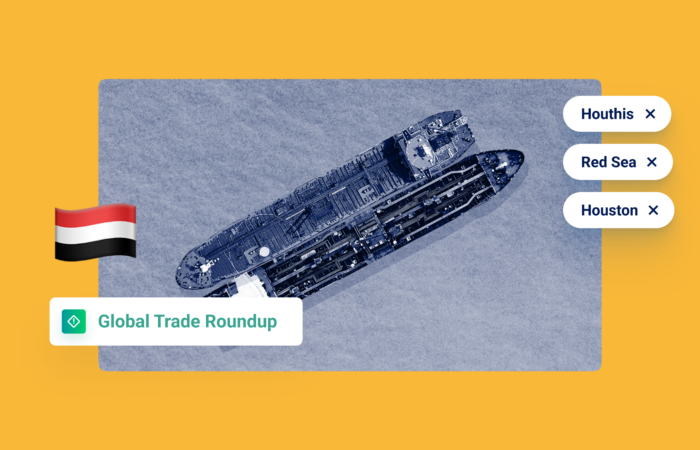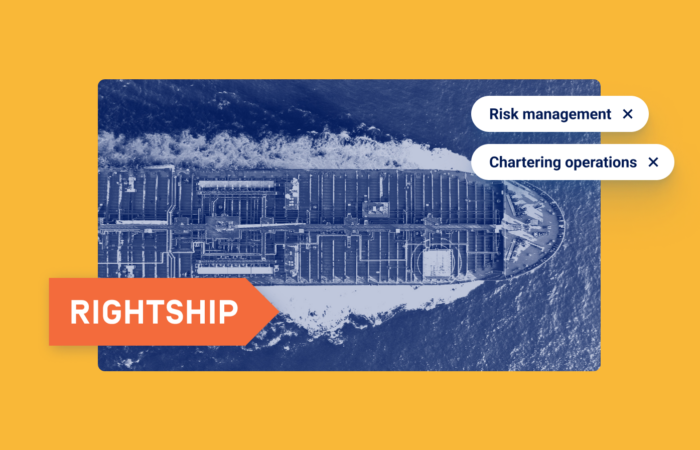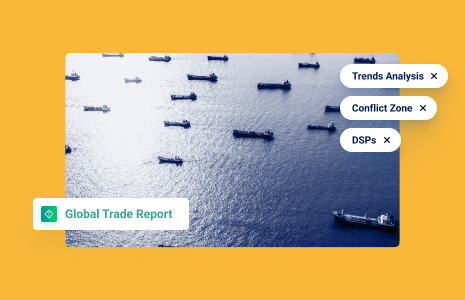What’s inside?
Twenty eight vessels seemingly transmitting from land were detected by Windward experts using our Maritime AI™ platform yesterday. The situation is even more suspicious than it first appeared: the ships were actually transmitting from two Russian airports: the Novosibirsk Tolmachevo Airport and the Sheremetyevo International Airport.
This seems like a cut-and-dried case. These must all be high risk vessels involved in some type of deceptive shipping practice (DSP), right? Not so fast…
Deeper Dive, Deeper Understanding

All 28 vessels involved in this seeming location (GNSS) manipulation began their voyages in the Kerch Strait area.
At first glance, everything appears as you would expect, even when using Windward’s advanced, multi-source capabilities. Windward’s Maritime AI™ platform can spotlight seven of the suspected vessels and double-check their location by utilizing optical imagery to arrive at a definitive conclusion: these vessels are not located in the area they are supposedly transmitting from.
This is important to detect because location (GNSS) manipulation is one of the most advanced DSPs and most maritime detection technology systems still cannot detect it. If a vessel is utilizing this technique for smuggling sanctioned oil, to give one example, there could be a huge financial and reputational consequence for trading with it.

But Windward’s Maritime AI platform has different classifications for the involved vessels.

The high risk and medium risk vessels were involved in previous incidents or possess other risk factors, highlighting the importance of being able to track a vessel over the course of its lifetime, rather than looking at isolated behaviors or incidents.
The False Positive Danger?
How is it possible that three vessels that were seemingly engaging in location (GNSS) manipulation are “low risk”?
All 28 vessels behaved similarly in Kerch yesterday. Theoretically, it seems advisable to avoid doing business with any of them. But practically, overzealousness or a lack of advanced technology could lead to a false positive – only a small percentage of seemingly suspicious or uneconomical behavior constitutes actual deceptive shipping practices. Organizations must be able to clear business and complete trades quickly.
The wisdom of this approach played out when analyzing the low risk vessels via Windward’s platform, overlaid with the optical satellite image:

Here we see one of the low risk vessels. The actual vessel is in close physical proximity to its alleged “spoofed” transmission. The three vessels were not involved in previous suspicious incidents.
False positives, if not handled properly, can lead to both lost business opportunities and costly operational structures. Conversely, if companies examine every single red flag that appears in AIS data and conduct a manual investigation for each case, it would require an army of people to sort through the noise.
Even AI systems can produce false positives if they don’t also possess multi-source capabilities, such as optical imagery. A Maritime AI™ decision support tool can not only save you from vessels that will potentially expose your organization to sanctions or regulations penalties, but also enable business by properly flagging risk.


